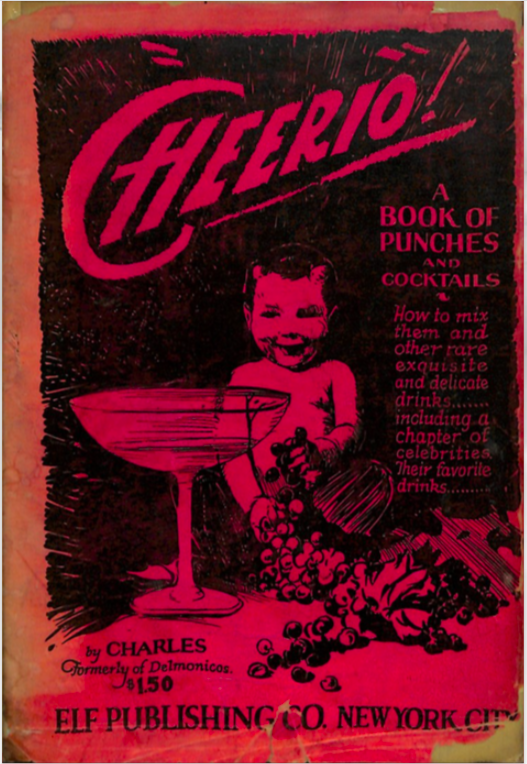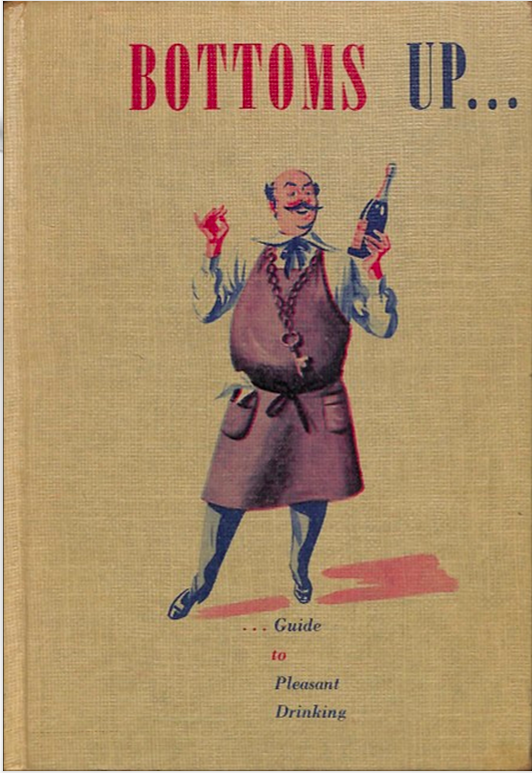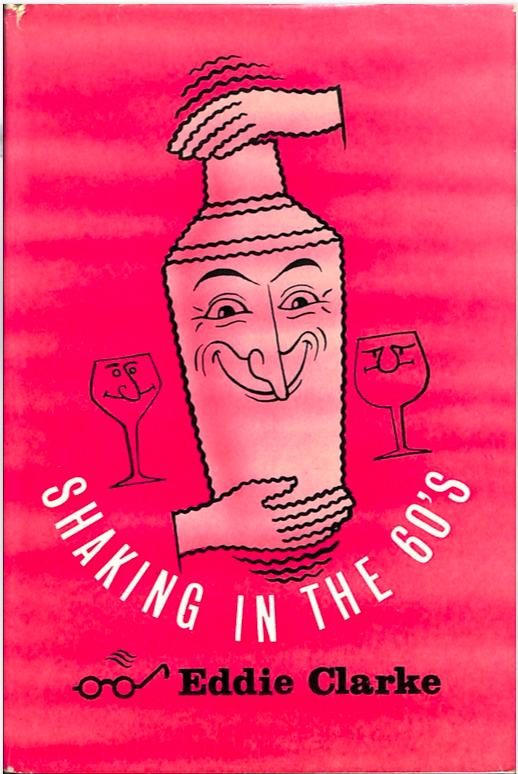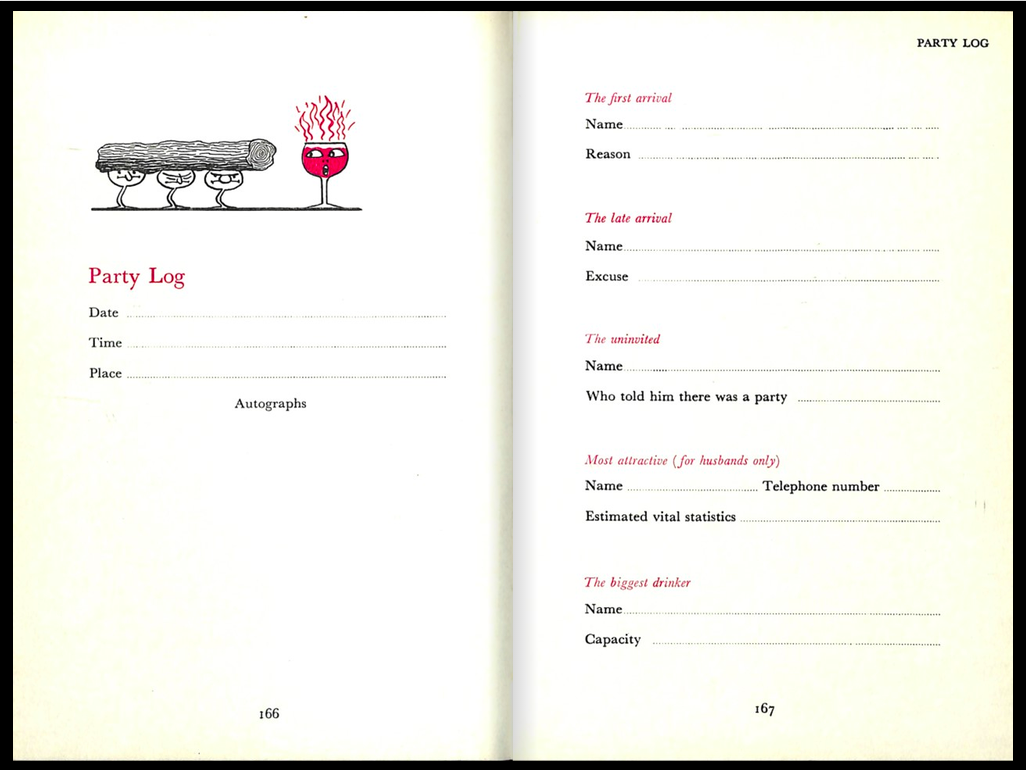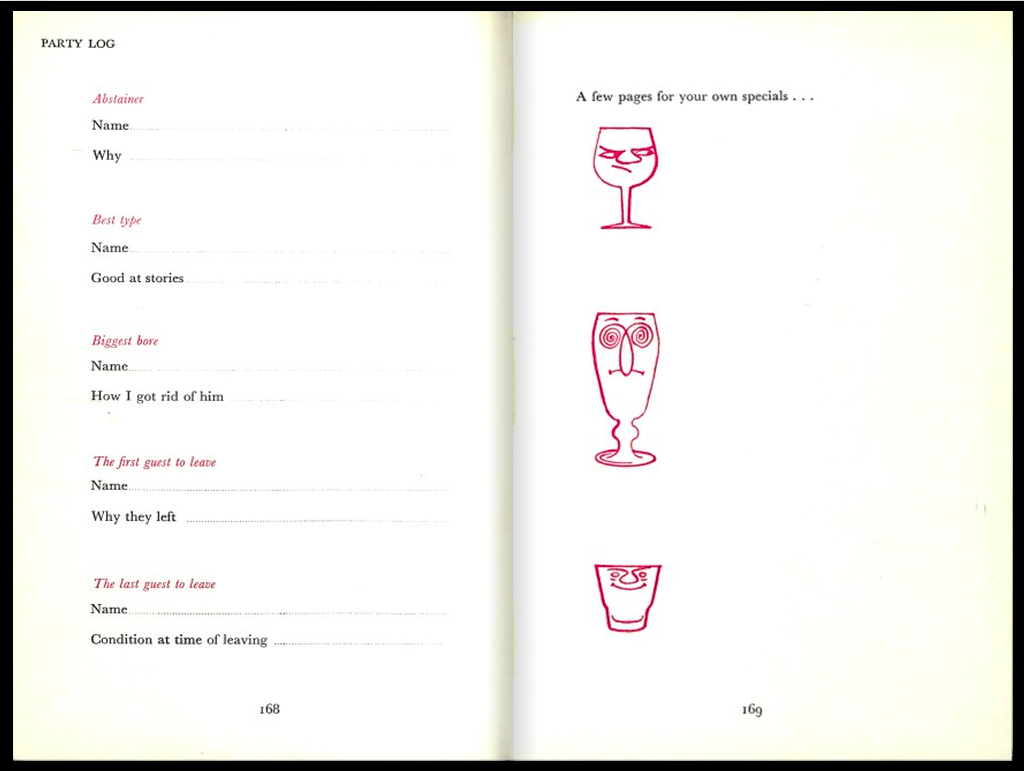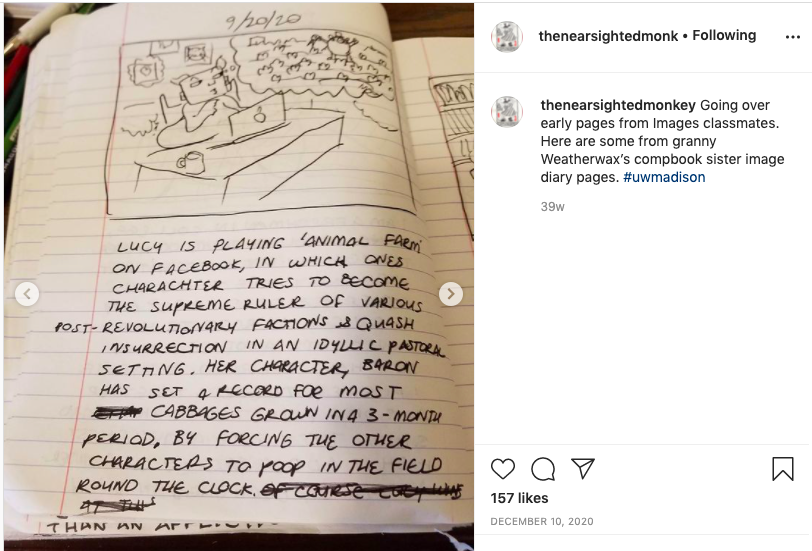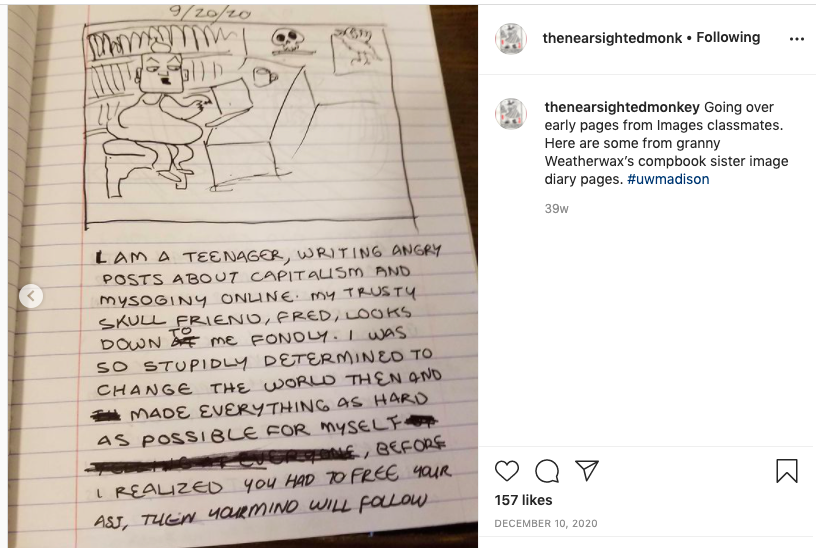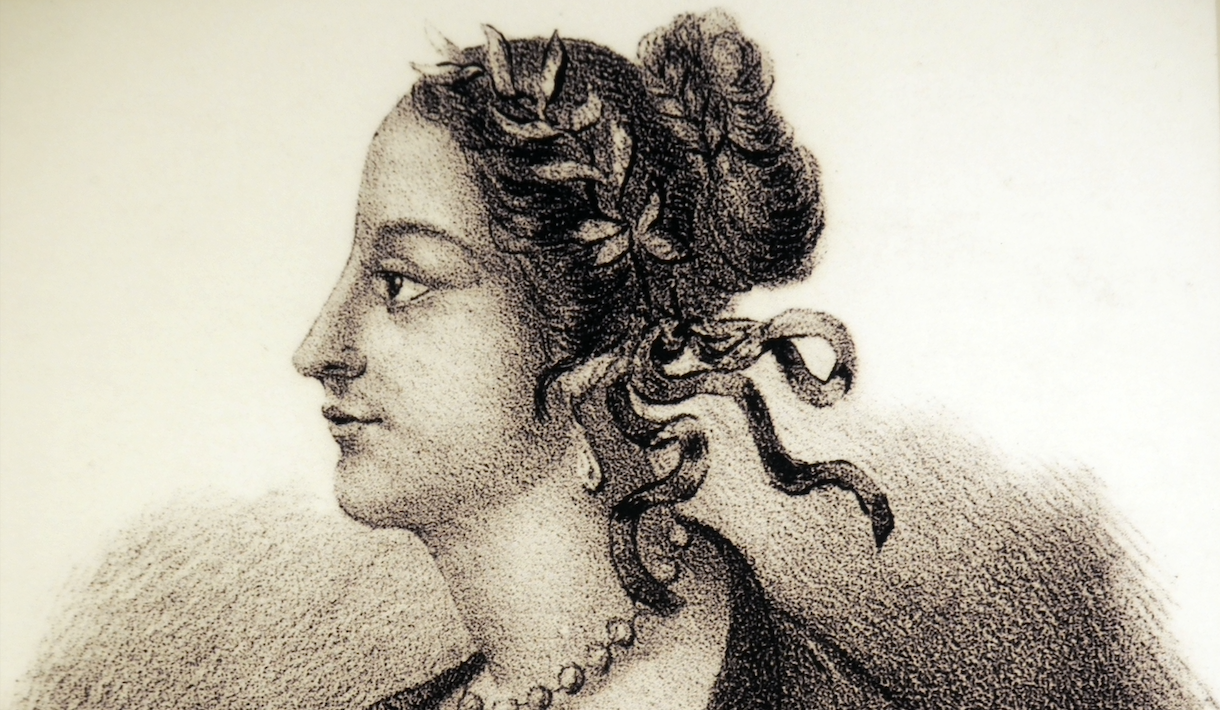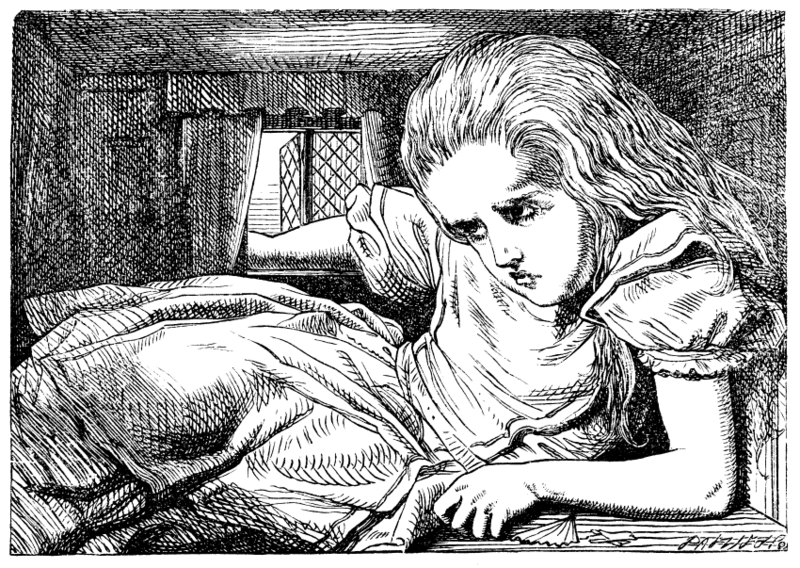Violinists don’t often make the news these days, but when one does, you can be reasonably assured either that a musical controversy is afoot, or that the violinist in question is Nigel Kennedy. This time, both of those are the case: Kennedy, as The Guardian’s Dalya Alberge reports, “has pulled out of a concert at the Royal Albert Hall with only days to go after accusing the radio station Classic FM of preventing him from performing a Jimi Hendrix tribute.” At issue is his intent to perform a version of Hendrix’s “Little Wing,” but even with its “Celtic-sounding melody,” that composition was ultimately deemed “not suitable” for the audience.
It seems that Classic FM’s management would have preferred Vivaldi’s Four Seasons, of which Kennedy recorded the world’s best-selling version in 1989. That a classical radio station famous for concentrating its programming on the “hits” and a classical performer famous for deliberately unorthodox musical turns would fail to see eye-to-eye should not, perhaps, come as a surprise.
But then, Kennedy has long displayed a keen instinct for publicity and a tendency to — well, one would say épater les bourgeois, were Hendrix not now regarded as so thoroughly respectable in his own right. As Kennedy sees it, he was “one of the foremost composers of the 20th century, along with Stravinsky and Duke Ellington.”
The guitarist’s exalted status rests, Kennedy argues, on his having “brought all types of music together.” Even in a song like “Purple Haze” — which you can see Kennedy reinterpret with the Polish Chamber Orchestra in 2005, and again at the 2015 Thanks Jim Festival in Wroclaw — musicologists hear traces of both the American blues and the Mixolydian mode, along with such unconventional-for-1967 touches as the diminished-fifth melodic interval, long known as the “diabolus in musica” and the E7♯9 chord, now known as the “Hendrix chord.” Much of the song only uses two other chords, making “Purple Haze” the rare three-chord, under-three-minute rock hit that contains more than enough substance to inspire an unconventionally minded classical musician. But then, try telling that to a program director.
Related Content:
Japanese Violinist Covers Eddie Van Halen’s “Eruption”: Metal Meets Classical Again
Watch Jimi Hendrix’s “Voodoo Chile” Performed on a Gayageum, a Traditional Korean Instrument
Jimi Hendrix’s “Voodoo Child” Shredded on the Ukulele
How Science Fiction Formed Jimi Hendrix
Based in Seoul, Colin Marshall writes and broadcasts on cities, language, and culture. His projects include the Substack newsletter Books on Cities, the book The Stateless City: a Walk through 21st-Century Los Angeles and the video series The City in Cinema. Follow him on Twitter at @colinmarshall or on Facebook.
